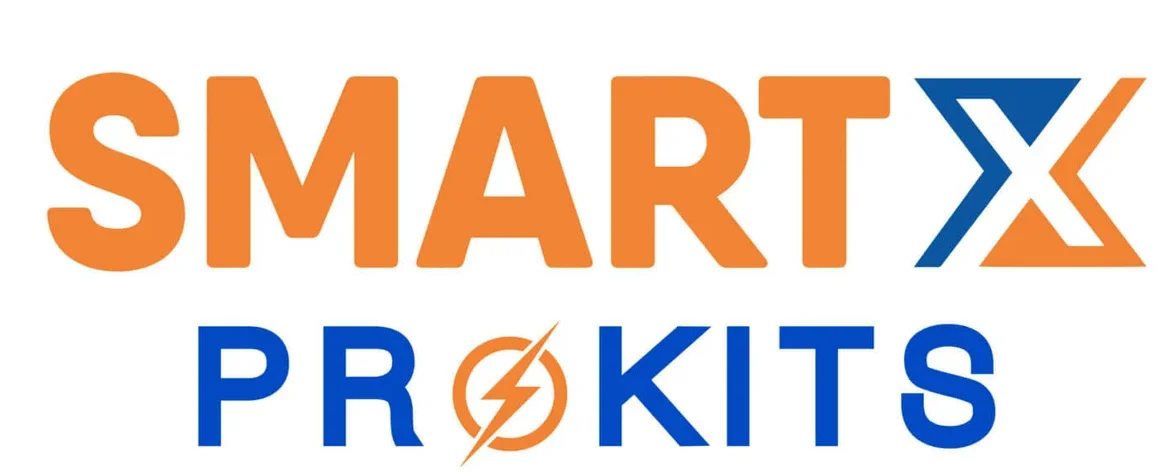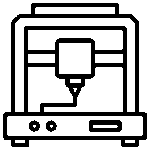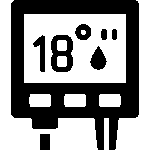SMPS Input Capacitor Tuning: Boost Stability & Performance

Every switch-mode power supply (SMPS) starts with one critical component—the input capacitor. For electronics hobbyists and prototypers in India, tuning this capacitor correctly can mean the difference between a stable design and one prone to noise, ripple, or even failure.
⚙️ The Problem: Under- or Over-Sized Input Capacitor
If the input capacitor is too small, your SMPS may suffer from input voltage ripple, poor regulation, and EMI issues. Too large, and you risk inrush current that could damage the bridge rectifier or create power-up delays. The key is tuning it to match your load and switching frequency.
🛠️ The Solution: Calculate Based on Load & Ripple
Use the formula:
C=2×f×VrippleIload
Where I<sub>load</sub> is the output current, f is the line frequency (50Hz in India), and V<sub>ripple</sub> is the allowable ripple voltage.
🔌 Practical Example: 12V, 1A SMPS
For a 12V, 1A SMPS with a desired ripple of 1V:
C=2×50×11=10,000µF
You could use 2 × 4700µF electrolytic capacitors in parallel, or use a 470µF low-ESR capacitor for high-frequency DC-DC stages.
🛒 Product Suggestion: Electrolytic Capacitors & Low-ESR Caps
Choose high-quality electrolytic capacitors and low-ESR types—designed for switching power supplies and proudly Made in India.
👉 Shop now at SmartXProKits.in.
Support our work and India’s innovation—buy from our Make in India site!




















